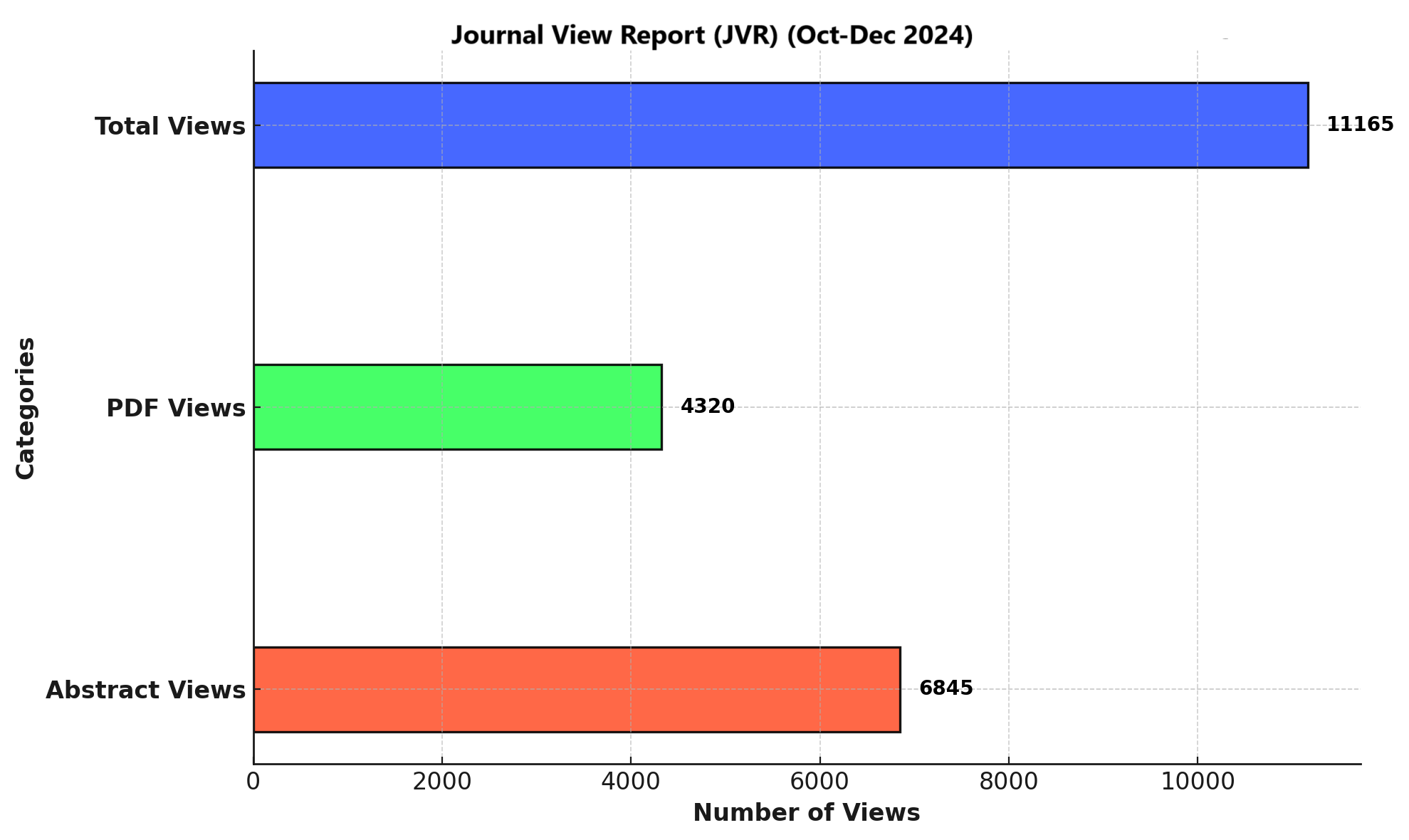MAGNETIC RESONANCE IMAGING OF LUMBAR SPINE IN ELDERLY PATIENTS OF FAISALABAD DIVISION: AGE RELATED CHANGES AND PATHOLOGIES
DOI:
https://doi.org/10.71000/tpwtz875Keywords:
Aging population, Back pain, Facet joint osteoarthritis, Lumbar spine, Lumbar spinal stenosis, Magnetic resonance imaging, Spinal disordersAbstract
Background: Spinal disorders are increasingly prevalent in aging populations, significantly impacting mobility, functional independence, and overall quality of life. Magnetic resonance imaging (MRI) serves as a valuable tool in diagnosing and assessing degenerative and pathological spinal conditions without exposing patients to ionizing radiation. This study aimed to explore the epidemiology of lumbar spine disorders using MRI, identify their prevalence and severity, and provide insights to aid clinical management and improve patient outcomes.
Objective: To evaluate the prevalence, severity, and associated factors of lumbar spine disorders among older adults using MRI.
Methods: This cross-sectional study was conducted at Allied Hospital Faisalabad over six months, involving 120 patients who underwent lumbar spine MRI. Participants were selected using stratified random sampling and categorized into four age groups: 41–50 years (38.3%), 51–60 years (29.2%), 61–70 years (20.8%), and over 70 years (11.7%). A standardized questionnaire collected data on demographics, clinical history, and MRI findings. MRI scans were performed on a 1.5 Tesla machine, and data were analyzed using SPSS version 25. Descriptive statistics summarized findings, and Chi-square tests were applied to assess age- and gender-based variations.
Results: The cohort included 82 males (68.3%) and 38 females (31.7%) with a mean age of 55.15 ± 10.63 years. Back pain was reported by 64.2% of patients, trauma by 21.7%, spinal surgery by 17.5%, and osteoporosis by 40.8%. Facet joint osteoarthritis was present in 11.7% (mild), 6.7% (moderate), and 4.2% (severe), while 77.5% showed no signs of osteoarthritis. Lumbar spinal stenosis was observed in 62.5% of patients, categorized as mild (20.8%), moderate (34.2%), or severe (7.5%). Vertebral fractures occurred in 17.5% of patients, and other pathologies were present in 26.7%.
Conclusion: The study highlights the high prevalence of lumbar spine disorders, particularly lumbar spinal stenosis and facet joint osteoarthritis, in older adults. These conditions, closely associated with back pain, osteoporosis, and trauma, emphasize the importance of early diagnosis through MRI. Tailored treatment strategies can improve mobility and quality of life in aging populations.
Downloads
Published
Issue
Section
License
Copyright (c) 2025 Kainat Tariq, Tasra Bibi, Moazma Aijaz, Amna sana, Wazooha Habib, Ammara Riaz (Author)

This work is licensed under a Creative Commons Attribution-NonCommercial-NoDerivatives 4.0 International License.







